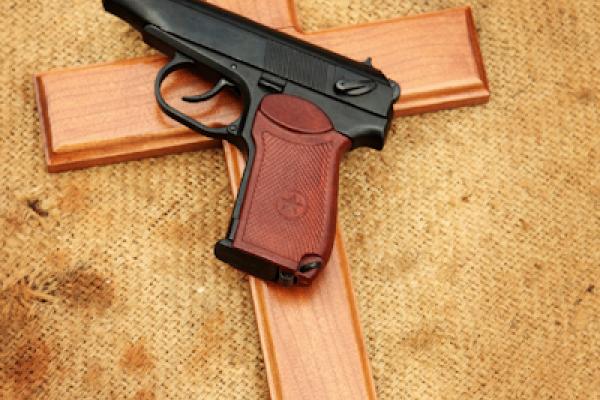Jun 19, 2013
For the first time, the federal government has issued written guidelines for houses of worship that are confronted with a homicidal gunman.
Vice President Joe Biden released the new rules on Tuesday, six months after the school shooting in Newtown, Conn., that left 26 dead, including 20 children.
Beyond seeking shelter and waiting for police to arrive, as many Newtown victims did, the new rules also advise adults in congregations to fight back — as a last resort — in a bid to stop the shooter. The new federal doctrine is “run, hide or fight.”
Read the Full Article

Already a subscriber? Login
